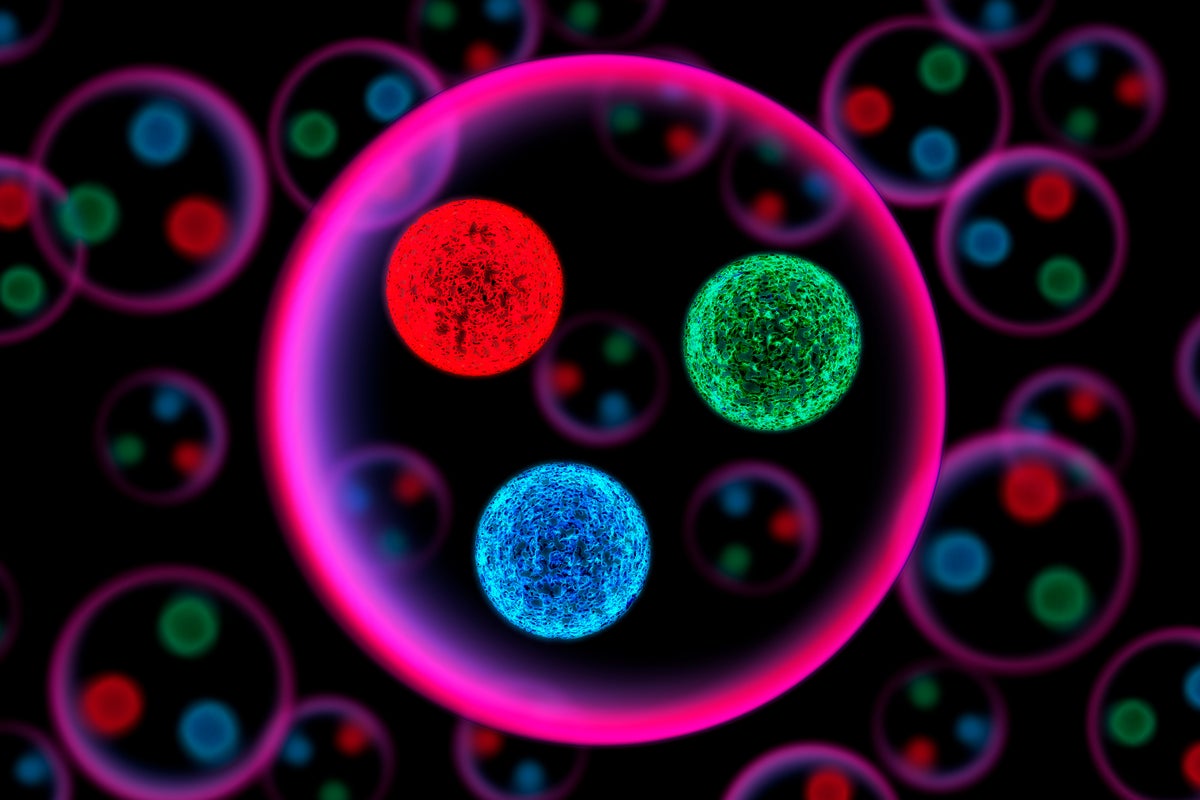
"Matter and antimatter mirror each other in all respects but electric charge; physicists are excited by small differences in their behaviors. Recently, observations at the world's largest particle collider revealed a new class of antimatter particles breaking down differently than matter counterparts. This discovery contributes to the quest to understand why our universe consists of matter as opposed to an equal balance with antimatter, a situation suggested by early universe theories."
"The universe initially contained equal amounts of matter and antimatter. The interaction of these caused their annihilation, leaving a small excess of matter that formed the cosmos we know today."
Researchers at the Large Hadron Collider have observed a new class of antimatter particles that decay differently than their matter counterparts, marking a significant discovery in the quest to understand the matter-antimatter imbalance in the universe. Theories suggest that the universe started with equal amounts of matter and antimatter, but a small excess of matter survived annihilation, resulting in the observable universe today. This CP violation in baryons is crucial for explaining why such an imbalance exists and solving one of physics' biggest mysteries.
Read at www.scientificamerican.com
Unable to calculate read time
Collection
[
|
...
]